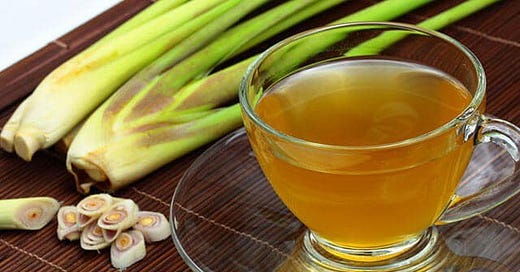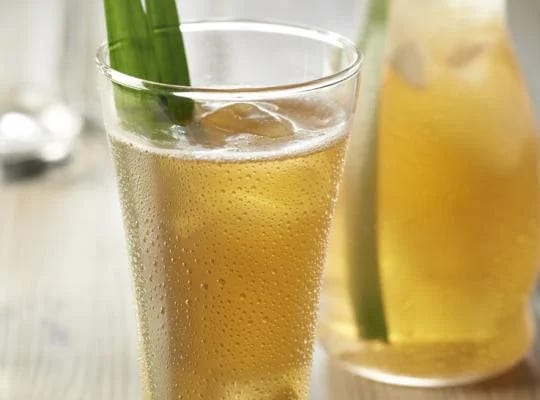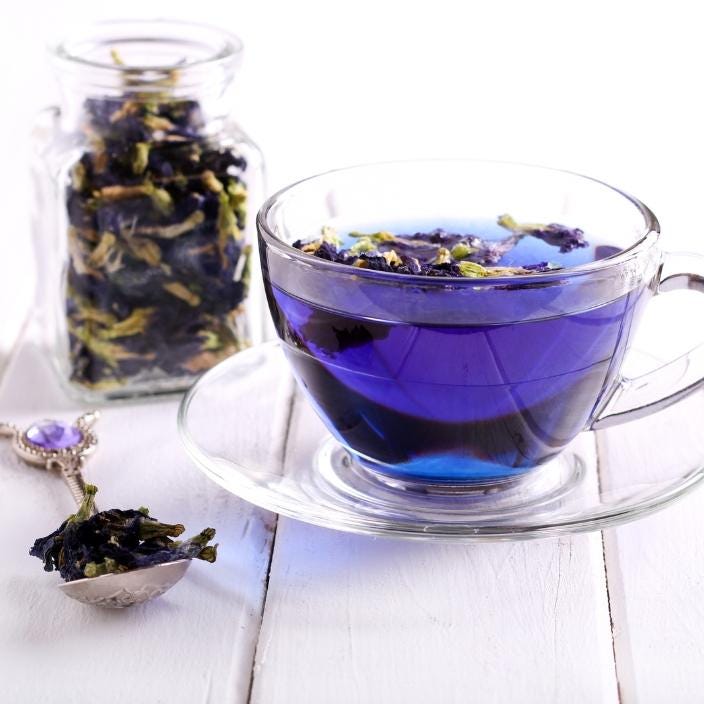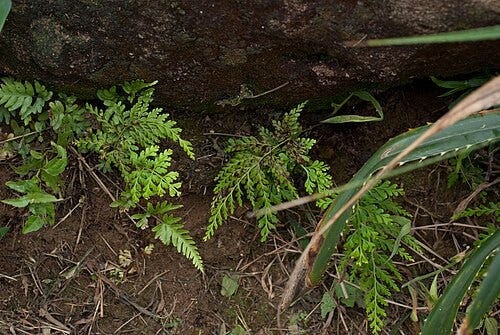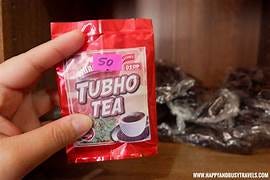Tea's of The Philippines
Tisane's: Pandan, Malunggay, blue butterfly pea, Lemongrass, Tubho fern
Welcome back to Tea Tidbits! It’s almost Thanksgiving!!! Does anyone have any fun plans? We are back on our journey to explore tea’s all around the world! Today, I want to introduce the Philippines as our next destination. The Philippines are an archipelago in the Pacific ocean. The country is mostly a coffee country as it is cultivated in the Philippines. Tea is mostly kept as an herbal remedy which is why I will be focusing on Tisane’s for this series.
In the Philippines, tea does not flourish. If we go back in time during the pre-colonial era, we may have some evidence of trade with the Chinese which could give minor insight into tea culture in the Philippines. Tea has failed to flourish here as coffee is the beverage of choice for many of the people in the region. Although, drinking from small teacups and loose leaf tea have risen in popularity as the Euromonitor can attest that Filipino customers have been using their intake of tisanes and green tea.
Pandan tea
As we have seen, Pandan is quite popular in southeast Asia. Pandan is usually used in cuisines native to Singapore,Cambodia, Malaysia, Indonesia and the Philippines. Pandan is known for it’s grassy, sweet and vanilla like flavor.
In the Philippines, Pandan tea is served chilled and it is a staple tea in most Filipino houses.
Benefits: Pandan is said to aid in asthma attacks, increase blood pressure and promote a healthy heart and kidney.
Malunggay tea
It is speculated that Malunggay or Moringa originated in India. Malunggay is commonly added to Filipino broth based soups along with other dishes.
The tisane is fairly simple to make, you harvest it, air dry the leaves, crush them and brew it. Traditionally honey or sugar is added. It is most common in tea bag form in the Philippines.
Benefits: High in flavonoids which are an antioxidant.
Blue Butterfly Pea tea
This tisane seems to be common in Southeast Asia, Blue Butterfly pea flower is known for its sensitivity to pH as it changes colors based on the pH of the solution.
This tisane is served with honey in the Philippines.
Benefits: Improves eyesight, good for blood circulation and antioxidants such as Proanthocyandin.
Lemongrass tea
Lemongrass is commonly referred to as “tanglad” in the Philippines.
Benefits: High in flavanoids and photochemicals, great for digestions.
Tubho Fern tea
This tisane is indigenous to the Ivatan people who are native to the Batanes and Babuyan islands in the Filipino archpeligo.
The mature and already dried fronds on the fern are harvested because they aren’t as bitter as the newer parts of the fern. The dried fronds are boiled in water until the water turns dark brown. The leaves are then removed and the tisane is served hot. The leaves can be reused, as long as they still turn the water dark brown when boiled. The tea is traditionally sweetened with brown sugar but you can also add cream, honey, or lemon. Some modern versions serve it iced. The taste of the tea is described as slightly bitter and nutty.
A dust version of this tisane was created in Sabtang town
Thanks for tuning in this week, some of these tisanes might be short because there is limited information on the way these are used in the Philippines! Come back on Friday for the next post diving into Filipino tisanes! Happy steeping <3

